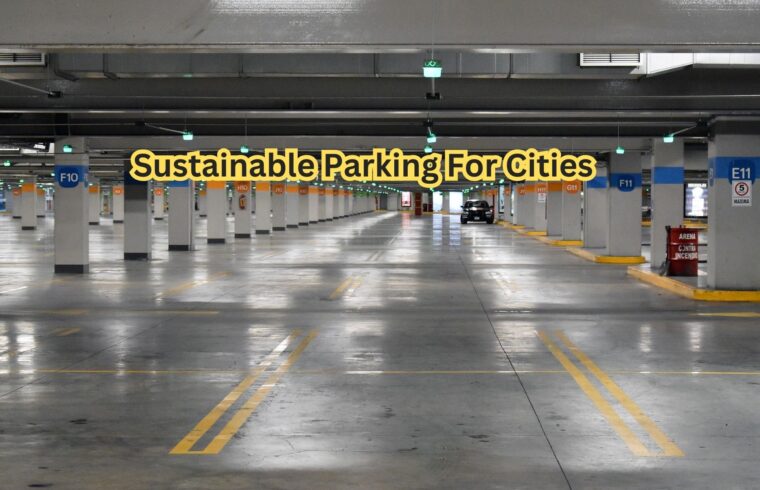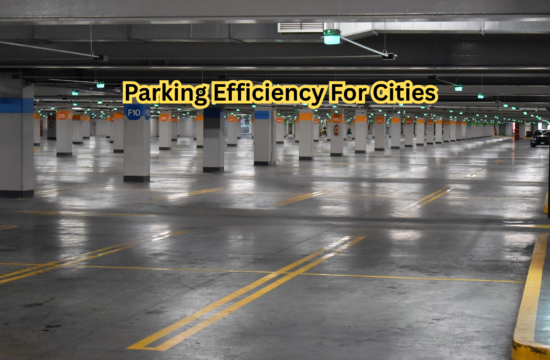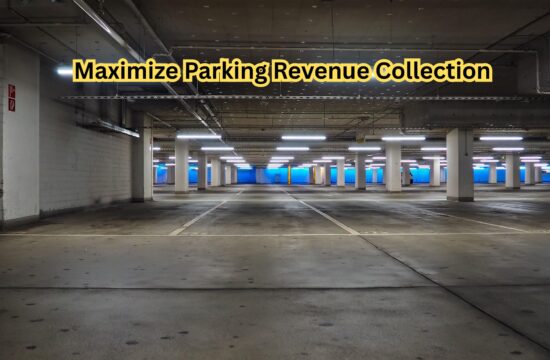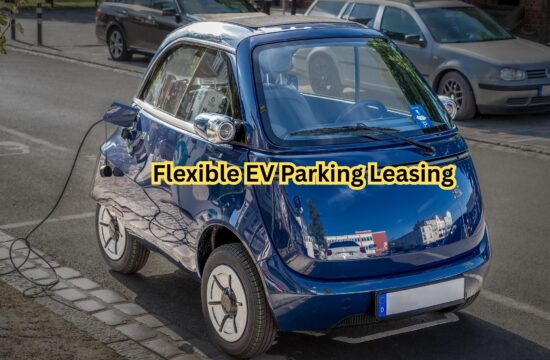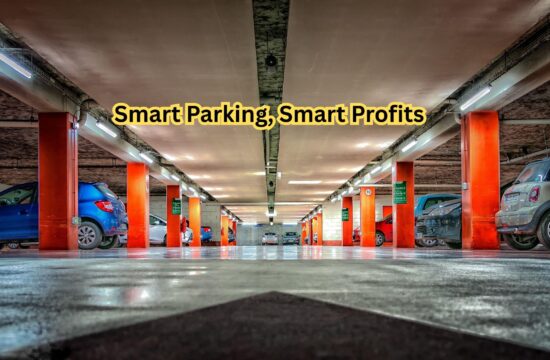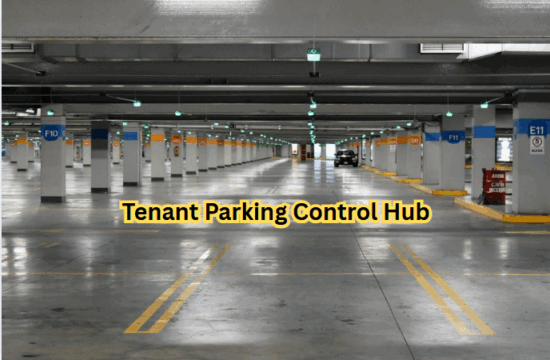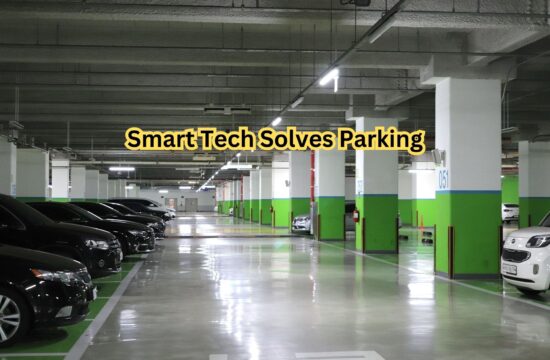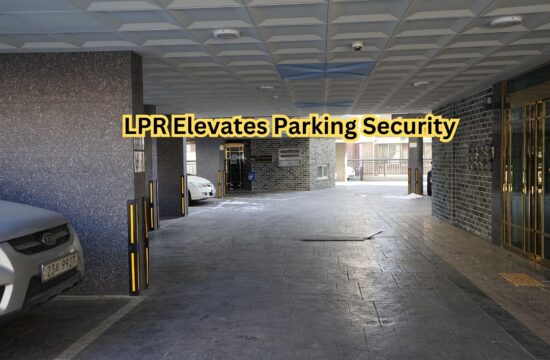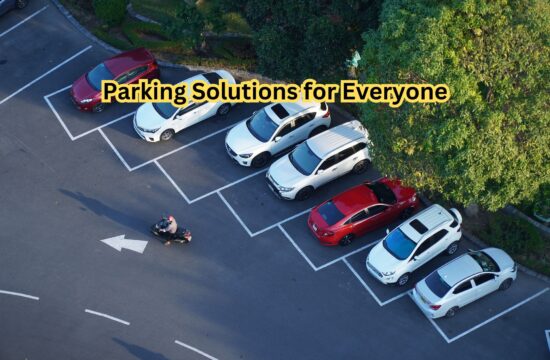Cities are having a harder time effectively managing parking and traffic as the population of urban areas rises. Sustainable Parking For Cities plays a vital role in addressing these challenges. By implementing innovative parking solutions, cities can reduce the environmental impact of excessive traffic and parking congestion. Sustainable Parking For Cities not only mitigates these negative effects but also fosters economic growth by enhancing urban mobility. Embracing Sustainable Parking For Cities is essential to create greener, more efficient urban environments for the future.
The Need for Sustainable Parking
Conventional parking structures can result in resource waste, traffic jams, and pollution. Carbon emissions are greatly increased by cars looking for parking, and wasteful land use can impede urban growth. Sustainable parking minimizes environmental effects and maximizes space utilization to address these issues.
Smart Parking Technologies
Technology is essential to environmentally friendly parking. Real-time information about available spots is provided by smart parking systems using sensors, smartphone apps, and data analytics. By cutting down on the time and gas used to find parking, these solutions enhance air quality and conserve resources.
Green Parking Infrastructure
Another sustainable method is incorporating green infrastructure into parking layouts. Permeable pavements, rainwater collection, and solar-powered lighting systems are examples of features that preserve functioning while enhancing environmental benefits. In addition to lowering urban heat, green roofing on parking facilities can enhance aesthetics.
Shared Parking Models
One creative way to make the most of the parking resources that are already available is through shared parking. Cities can cut expenses for all parties involved and lessen the need for new parking development by permitting businesses or users to share parking spaces at different times.
Promoting Public Transportation
Another sustainable tactic is to promote public transit use and incorporate it with parking systems. For instance, park-and-ride lots allow commuters to leave their cars and take public transportation, which eases traffic in cities.
Policy and Incentives
Municipalities and governments are essential to the implementation of sustainable parking programs. Adoption can be accelerated by policies that provide incentives for carpooling, electric vehicle use, and the use of environmentally friendly parking lots. Sustainability objectives are further supported by zoning laws and grants for green parking initiatives.
Benefits of Sustainable Parking
Using environmentally friendly parking options has several advantages, such as:
Decreased emissions and traffic jams
Improved use of urban space
Reduced expenses for infrastructure
Residents’ quality of life has improved
Conclusion
For urban expansion to continue in the future, sustainable parking is crucial. Cities may develop effective, environmentally friendly parking systems that benefit people and the environment by utilizing technology, green infrastructure, and creative policies. Making an investment in environmentally friendly parking now will open the door to a more intelligent and sustainable future.

